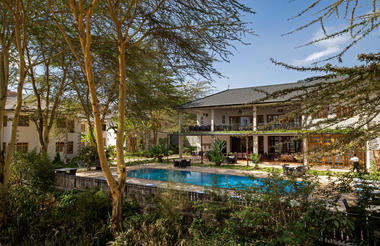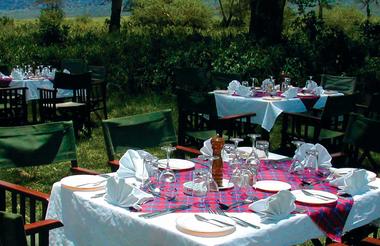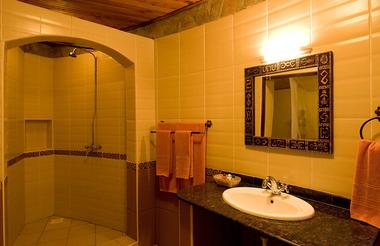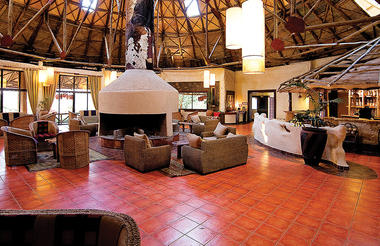- THE GREATEST MIGRATION ON EARTH
- The Great Wildebeest Migration across the Serengeti (Tanzania) and Masai Mara (Kenya) is one of the most spectacular natural events on Earth. While the river crossings are the most famous aspect, the migration is a continuous year-round cycle of over 1.5 million wildebeest, hundreds of thousands of zebras, and gazelles in a roughly 800 km clockwise circuit across the Serengeti-Mara ecosystem. The migration is driven by rainfall and the growth of new grass. Unpredictable weather patterns due to climate change can shift timelines, making for a dynamic event, but with careful planning, it offers unparalleled wildlife experience. Secure accommodations and guides 6-12 months in advance, especially for prime lodges near river crossings. Plan at least 4-5 days in key areas to increase odds of seeing river crossings as they are unpredictable. Here’s a comprehensive guide to understanding and planning for this incredible phenomenon.
- Calving Season (Jan-Mar): Occurs in the southern Serengeti, with thousands of births daily attracting predators. 500 000 calves are born at a rate of 8 000+ a day during the peak calving period. The open grasslands make for great visibility
- Rutting Season (Apr): April is the start of the long rainy season (Apr-May) and the breeding occurs in the central Serengeti, with intense male competitions
- On the Move (May): The rainy season is in full swing and the herds move fast to Serengeti’s western corridor, with huge columns of up to 40 kilometres (25 miles) in length can often be seen. The youngsters are stronger and also feed less frequently, so ever-greater distances can be covered daily. While game drives might be affected by road conditions the rains occur starting in the late afternoon and into the night time, providing excellent day time photo opportunities in the backdrop of dramatic clouds
- Grumeti River Crossings (Jun): June is the end of the rainy season, leaving the grassland plains green and lush. Traditionally, June is the Grumeti River Crossing season, although this is dependent on the water levels in the river. Here the herds face crocodiles before moving towards Masai Mara
- Northern Serengeti (Jul-Oct): In July, the herds have reaching northern Serengeti close to the Mara River which they have to cross into Kenya. It should be noted that at least less than half of the herds stays in the northern Serengeti, often crossing the Mara River back and forth over several weeks
- Mara River Crossings (Aug & Sep): This is typically the peak month for river crossings, with large concentrations of herds in the Masai Mara. While you will need a passport to follow the great herds Kenya; the wildebeest don’t. This is the prime season to view the great herds in Kenya’s Masai Mara. In September, the herds break up into smaller groups spread across the rolling plains of the Mara
- Start of Southward Return Journey (Oct & Nov): The start of the migration southward journey coincides with the start of the short rainy season of November, and the herds are drawn to the abundant water of the northern and eastern Serengeti
- Back to Starting Point (Dec): In December the herds regroup in southern Serengeti, ready to kick off the entire migration cycle once again
|
day 0 |
Kahawa House | Arusha |
1 night |
B&B |
|
day 1 |
Tanzania Bush Camps Central Serengeti | Serengeti National Park |
6 nights |
FB |
|
day 7 |
Masai Mara Sopa Lodge | Masai Mara |
2 nights |
FB |
|
B&B: Bed and Breakfast |
FB: Full Board - Dinner, Bed, Breakfast and Lunch |












10 Days / 9 Nights
- Solo Traveler $9,529, Couple $13,864 in Peak Season (01.07 - 31.10) for 2025 & 2026
- Enquire for Best Price in Low Season (Rest of the year) and Christmas/New Year Season (24.12 - 04.01)
- Note: Prices quoted are subject to availability at the time of booking the tour
Includes:
- All park entrance fees
- All activities (unless indicated as optional)
- All meals, drinks and accommodations as described in the itinerary
- A professional English-speaking safari driver guide
- Transportation while on safari in private 4-wheel-drive safari vehicle
- Bottled drinking water in the safari vehicle
- Return scheduled flights Arusha - Serengeti, Serengeti - Masai Mara, Masai - Nairobi (the total baggage allowance for each passenger, inclusive of hand baggage, cameras, filming equipment and any other personal item including loose clothing items, is 20kgs (44lbs) per passenger)
- Flying Doctors' Insurance (includes one free aero-medical emergency evacuation - does not include any medical expenses)
- All Taxes/VAT
Excludes:
- International flights (from/to home)
- Additional accommodation before and at the end of the tour
- Tips and gratuities (tipping minimum USD $20.00 per person per day)
- Extra excursions/services available at hotels and lodges
- Items of a personal nature, such as drinks, laundry, phone calls, souvenirs, travel insurance, visa fees, drinks & snacks (unless specifically indicated e.g. in All-Inclusive hotels/lodges), etc.
- Deviation from the tour itinerary provided
- Government-imposed increase of taxes/VAT and park fees
















